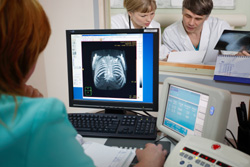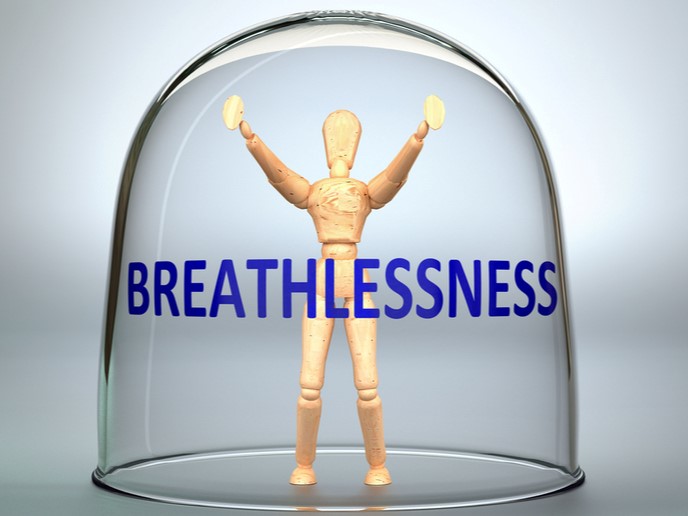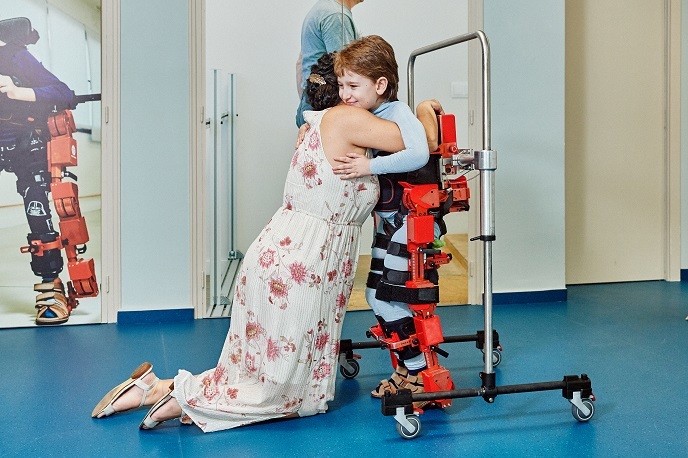Effect of exercise on chest wall volumes in COPD
Chronic obstructive pulmonary disease is a serious health problem throughout the world. It is a disease of the lungs, which results in a narrowing of the airways. This causes the flow of air to and from the lungs to be limited, which leads to shortness of breath. Unlike asthma, the limitation of airflow is difficult to treat and the condition gradually worsens over time. The cause of COPD is inhalation of harmful particles and gases, usually from smoking. This disease, along with asthma, causes chronic airflow limitation (CAL), which is a major cause of disability throughout the world. The disability results in a reduced quality of life for sufferers because of their inability to exercise and carry out normal daily activities. It is so severe that only 46% of sufferers are believed to be in employment. Sufferers of COPD may not be able to completely finish breathing out before they take another breath. The amount of air remaining in the lungs increases during exercise. This build up of air is known as dynamic hyperinflation and it is closely linked with shortness of breath. The CARED project investigated dynamic hyperinflation in the lungs of COPD sufferers in an effort to discover how respiratory muscles respond to the changes in lung volume. It also aimed to determine which particular patients are affected. The team used optoelectronic plethysmography to measure total and regional chest wall volumes in 20 COPD patients, who were in a stable condition. Optoelectronic plethysmography is a non-invasive technique which calculates the enclosed volume through external measurements of the chest wall surface motion. Movement of air into and out of the lungs was measured while the patients were at rest. Breathing patterns, symptoms and rib cage and abdominal volumes were also recorded. Eight patients had their pleural, abdominal and transdiaphragmatic pressures measured. The results showed that showed that dynamic hyperinflation was not the only mechanism limiting exercise performance in patients with stable COPD. Different patterns of respiratory muscle activation during exercise were revealed following accurate measurements of chest wall volume.







